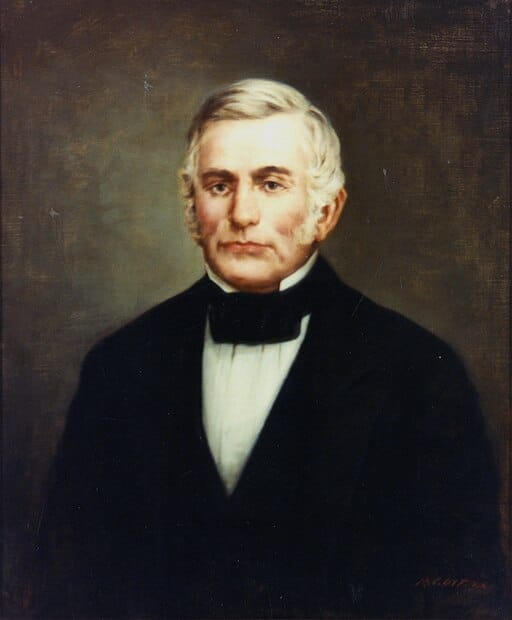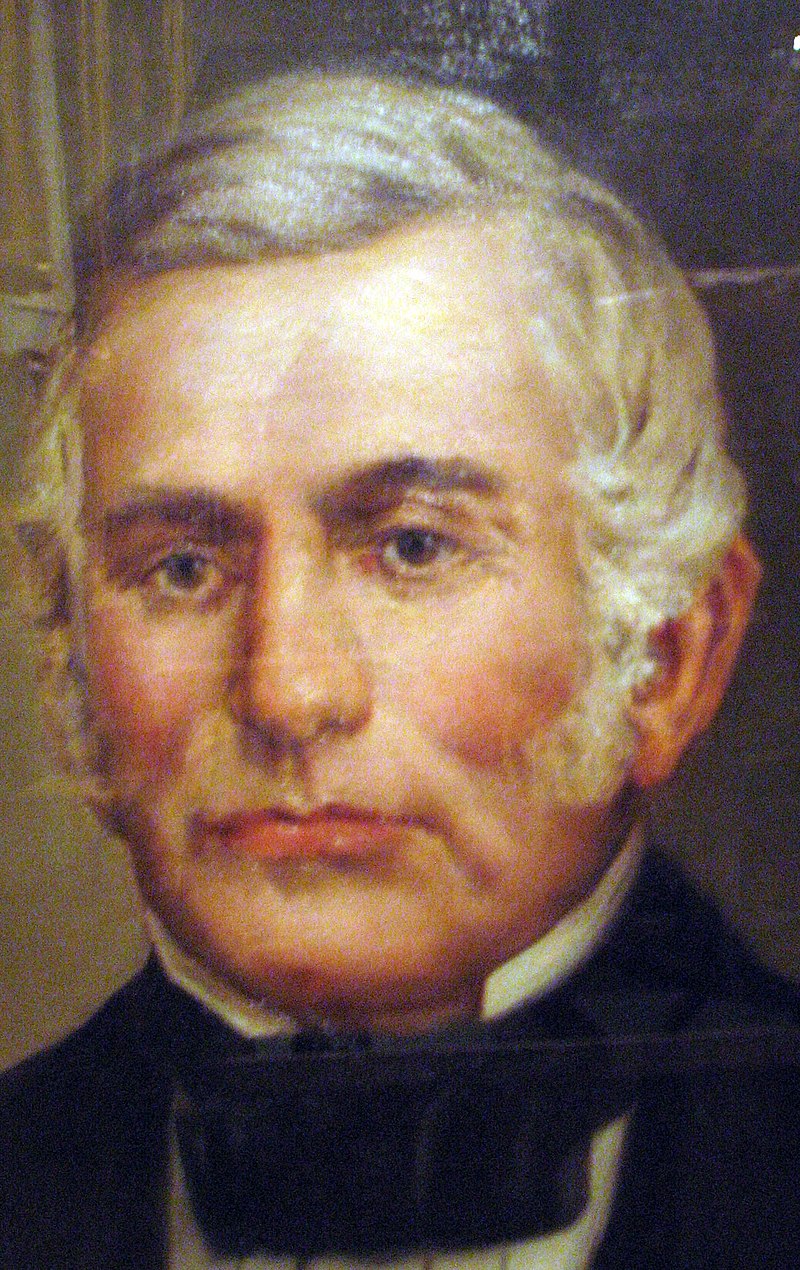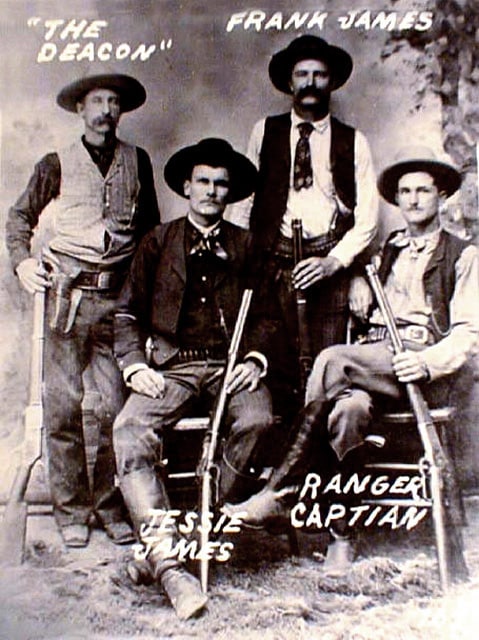An Assassin Attempts to Kill Governor Lilburn Boggs: May 6, 1842

An unknown assassin shot former governor Lilburn Boggs on this date in 1842. This event is shrouded in mystery and controversy, primarily due to its connections with the early days of the Mormon community in the United States.
Lilburn Boggs is perhaps best known for his harsh treatment of Mormons during his governorship. In 1838, he issued the infamous “Extermination Order,” which declared that Mormons should be treated as enemies and must be exterminated or driven from the state if necessary. This drastic measure came after escalating conflicts between Mormon settlers and Missouri residents, culminating in what is known as the 1838 Mormon War.
On the evening of May 6, 1842, an unknown assailant attempted to assassinate Boggs in his home in Independence, Missouri. Boggs was sitting in his study when he was shot through a window; the assailant fired multiple times, hitting Boggs in the head and neck. Remarkably, despite serious injuries, Boggs survived the attack, although that didn’t stop some newspapers at the time from reporting that he had died. He was left with severe health complications but managed to live for another 19 years.
The mystery deepens with the involvement of John C. Bennett, a disaffected Mormon who implicated Joseph Smith, the founder of the Latter Day Saint movement, in the assassination attempt. Bennett’s accusations were based on second-hand claims and were never substantiated by concrete evidence. Smith himself vehemently denied any involvement, and despite a lack of definitive proof linking him to the crime, the accusation fueled further animosity towards Mormons.
No one was ever convicted for the attempted assassination of Lilburn Boggs. The case remains one of the more dramatic and murky episodes in the early history of the American frontier, reflecting the intense religious and cultural conflicts of the time.
Related Posts
Missouri History Today November 20, 1838: Governor Boggs Reports on Missouri’s Financial Health
Missouri History Today November 20, 1838: Governor Boggs Reports on Missouri's Financial Health
May 27, 1873
The James Gang held up the bank at Ste. Genevieve.



